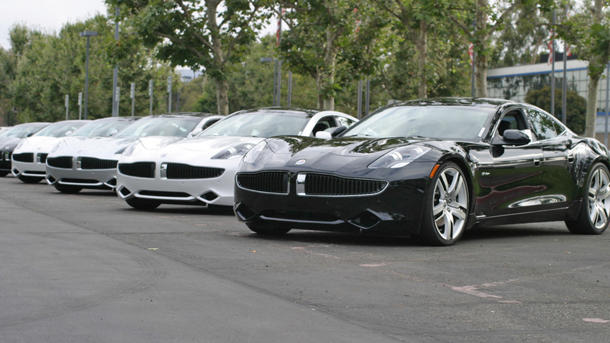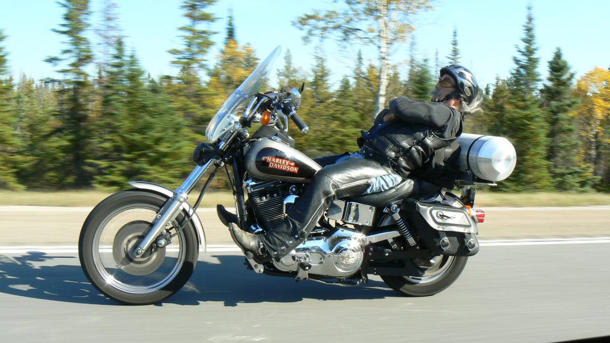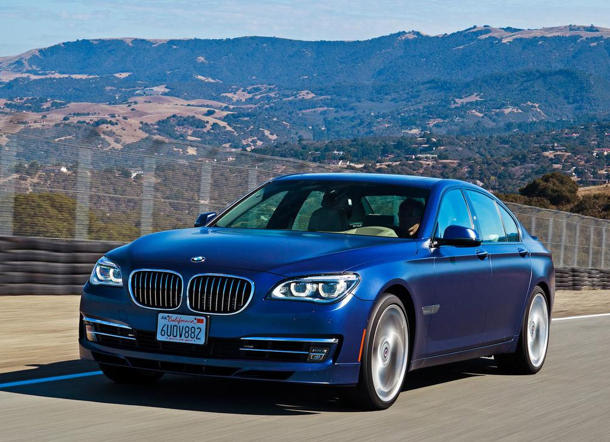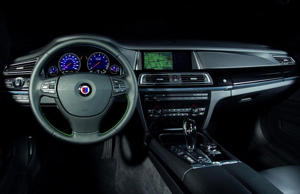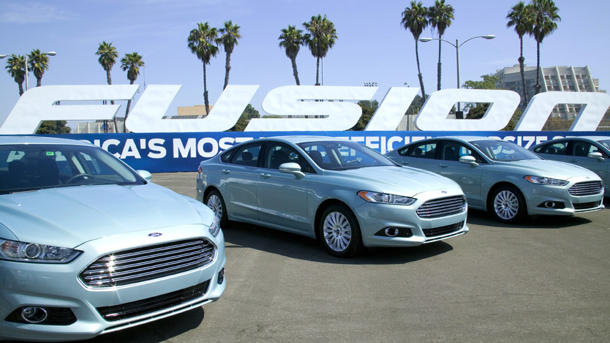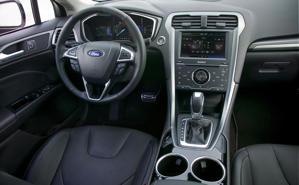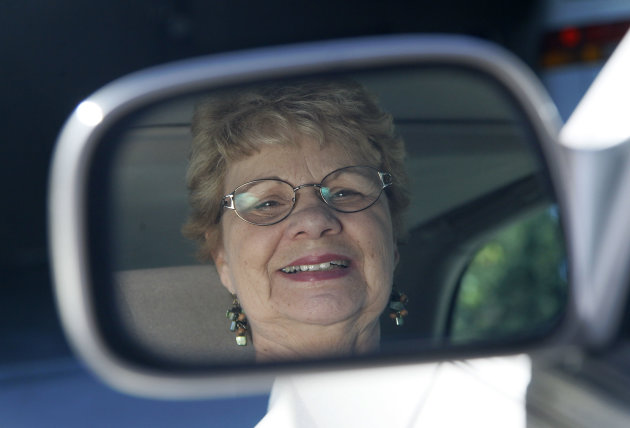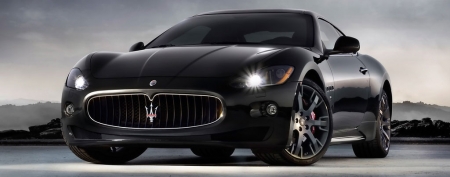Jerry Wiseman notices it's harder to turn and check his car's blind spots at age 69 than it was at 50. So the Illinois man and his wife took a refresher driving course, hunting tips to stay safe behind the wheel for many more years — a good idea considering their state has arguably the nation's toughest older-driver laws.
More older drivers are on the road than ever before, and an Associated Press review found they face a hodgepodge of state licensing rules that reflect scientific uncertainty and public angst over a growing question: How can we tell if it's time to give up the keys?
Thirty states plus the District of Columbia have some sort of older-age requirement for driver's licenses, ranging from more vision testing to making seniors renew their licenses more frequently than younger people. At what age? That's literally all over the map. Maryland starts eye exams at 40. Shorter license renewals kick in anywhere from age 59 in Georgia to 85 in Texas.
The issue attracted new attention when a 100-year-old driver backed over a group of schoolchildren in Los Angeles late last month. That's a rarity, but with an imminent surge in senior drivers, the federal government is proposing that all states take steps to address what the National Highway Traffic Safety Administration calls "the real and growing problem of older driver safety."
Here's the conundrum: "Birthdays don't kill. Health conditions do," said Joseph Coughlin, head of the Massachusetts Institute of Technology's AgeLab, which develops technologies to help older people stay active.
Healthy older drivers aren't necessarily less safe than younger ones, Coughlin points out. But many older people have health issues that can impair driving, from arthritis to dementia, from slower reflexes to the use of multiple medications. There's no easy screening tool that licensing authorities can use to spot people with subtle health risks. So some states use birthdays as a proxy for more scrutiny instead.
Senior driving is a more complicated issue than headline-grabbing tragedies might suggest. Older drivers don't crash as often as younger ones. But they also drive less. About 60 percent of seniors voluntarily cut back, avoiding nighttime driving or interstates or bad weather, said David Eby of the University of Michigan's Center for Advancing Safe Transportation throughout the Lifespan.
Measure by miles driven, however, and the crash rate of older drivers begins to climb in the 70s, with a sharper jump at age 80, according to the Insurance Institute for Highway Safety. Only teens and 20-somethings do worse.
That rising risk reflects the challenge for families as they try to help older loved ones stay safe but still get around for as long as possible, which itself is important for health.
The good news: Fatal crashes involving seniors have dropped over the past decade, perhaps because cars and roads are safer or they're staying a bit healthier, said the Insurance Institute's Anne McCartt.
Yet the oldest drivers, those 85 and up, still have the highest rate of deadly crashes per mile, even more than teens. More often than not, they're the victims, largely because they're too frail to survive their injuries.
And seniors are about to transform the nation's roadways. Today, nearly 34 million drivers are 65 or older. By 2030, federal estimates show there will be about 57 million — making up about a quarter of all licensed drivers. The baby boomers in particular are expected to hang onto their licenses longer, and drive more miles, than previous generations.
Specialists say more seniors need to be planning ahead like Jerry Wiseman and his wife Sandy.
"Absolutely we want to be as good drivers as we can possibly be for as long as we can," said Wiseman, of Schaumburg, Ill.
At an AARP course, Wiseman learned exercises to improve his flexibility for checking those blind spots. He takes extra care with left-hand turns, which become riskier as the ability to judge speed and distance wanes with age. He knows to watch for other changes.
"We'll be ready when it's time for one of us to stop," he said.
___
Where you live determines what extra requirements, if any, older adults must meet to keep their driver's license.
Among the most strict rules: Illinois requires a road test to check driving skills with every license renewal starting at age 75 — and starting at age 81, those renewals are required every two years instead of every four. At 87, Illinois drivers must renew annually.
In Washington, D.C., starting at age 70, drivers must bring a doctor's certification that they're still OK to drive every time they renew their license.
New Mexico requires annual renewals at 75.
Geographic variability makes little sense, said Jake Nelson, AAA's director of traffic safety advocacy and research. "Either I'm safe to drive or I'm not. Where I live shouldn't matter," he said.
Yet when Iowa drivers turn 70, they must renew their license every two years instead of every five. Neighboring Missouri lets the 70-year-olds renew every three years instead of every six.
Some states introduce age requirements after high-profile accidents. Massachusetts now requires drivers to start renewing licenses in person at age 75, with proof of an eye exam. The change came after an 88-year-old driver struck and killed a 4-year-old crossing a suburban
Boston street in 2009.
This summer, the National Highway Traffic Safety Administration proposed a national guideline for older driver safety that, if finalized, would push states to become more consistent. Among the recommendations: Every state needs a program to improve older driver safety; doctors should be protected from lawsuits if they report a possibly unsafe driver; and driver's licenses should be renewed in person after a certain age, tailored to each state's crash data.
Still, many states say their main focus should be on inexperienced teen drivers and problems such as texting behind the wheel.
"Teens are risk takers. Our older drivers are risk avoiders," said Alabama state Rep. Jim McClendon. Alabama drivers renew licenses every four years, with no older age requirements.
New Hampshire last year stopped requiring road tests when 75-year-olds renewed their licenses. The law was repealed after an 86-year-old legislator called it discriminatory.
It's not the only state worrying about age discrimination.
"You don't want to go around and say, 'This person is 85. We've got to take them off the road.' That wouldn't be fair," said Assemblyman David Gantt of New York, where licenses last for eight years.
On the other side is the family of a Baltimore college student who died last year after being run over by an 83-year-old driver who turned into his bike lane. Maryland next month begins issuing licenses that last longer — eight years instead of five — despite an emotional appeal from the mother of Nathan Krasnopoler that that's too long for the oldest drivers.
"You should be looking at your drivers to be sure they're able to safely drive. There's plenty of research that as we age, things do change and we may not be aware of those changes," said Susan Cohen, who now is urging Maryland officials to study adding some form of competency screening, in addition to the required eye exams, to license renewals.
"Do we have to lose a 20-year-old with an incredible future ahead of him in order to determine that this particular driver shouldn't be driving?" she asked.
_____
Traffic challenges change for older drivers, who are less likely than younger ones to be in crashes involving alcohol or speeding. Instead, they have more trouble with intersections, making left turns, and changing lanes or merging, because of gradual declines in vision, reaction times and other abilities, according to the National Institutes of Health.
Scientists are hunting screening tests to check for such things as early warning signs of cognitive problems that might signal who's more at risk. But such screenings are a long way from the local license office. In a closely watched pilot project, California tried a three-step screening process to detect drivers who might need a road test before getting their licenses renewed — but it didn't reduce crashes, sending researchers back to the drawing board.
Today, AAA's Nelson said in-person renewals are "the single most effective thing states can do to improve safety."
That's because workers in the driver's license office can be trained to look for signs of confusion or trouble walking as people come in — two big clues that they may have trouble behind the wheel — and refer those drivers for a road test or a medical exam to see if there's really a problem.
Virginia, for example, lets even the oldest drivers hold a license for eight years, but starting at 80 they must renew in person and pass an eye test. California has five-year renewals, and starting at 70 they must be in-person with both a written test and eye check.
Those eye tests can make a difference. In senior-filled Florida, 80-year-olds renew their licenses every six years instead of every eight, with a vision check each time. A study found highway deaths among Florida's older drivers dropped 17 percent after the vision test was mandated in 2003.
How long between renewals is best? There's no scientific consensus, but Nelson recommends every four to six years.
Another big key: Programs that make it easy for doctors, police and family members to alert licensing officials to possibly unsafe drivers of any age, so the experts can investigate. But in states that don't allow confidential reporting, families in particular hesitate in fear of backlash if upset relatives learn who turned them in.
Utah adopted confidential reporting in 2008 "to encourage more people to report problematic drivers without the risk of retaliation or repercussion," said Chris Caras of Utah's Department of Public Safety.
Nor should the question be only whether someone should drive or not: Iowa is leading a growing number of states that customize license restrictions to allow people to stay on the road under certain conditions. People with early-stage Alzheimer's or Parkinson's disease, for instance, may qualify for a one-year license; people with other health conditions may be allowed to drive only during the day or within a few miles of home.
In California, older drivers who fail a regular road test sometimes get a re-test on familiar neighborhood roads to qualify for a restricted license. State traffic researchers expect demand for that option to grow, and are preparing to study if that tailored testing really assures safety.
Meanwhile, how can people tell how they do on the road?
—The University of Michigan developed an online self-test to help drivers detect safety changes: http://um-saferdriving.org/.
—AAA and AARP offer websites with similar tools and links to driving courses: http://seniordriving.aaa.com/ and http://www.aarp.org/home-garden/transportation/driver_safety/
But ultimately, "the only way you can assess any driver at any age is to sit in the seat next to them and watch them drive," said Coughlin.
___
Contributing to this story were AP reporters Ben Nuckols in Washington; Henry Ray in Atlanta; Jim Vertuno in Austin, Texas; John Rogers in Los Angeles; Carla K. Johnson in Chicago; Jessica Gresko in Washington; Barry Massey in Santa Fe, N.M.; Grant Schulte in Lincoln, Neb.; Shannon Young in Boston; Phillip Rawls in Montgomery, Ala.; Norma Love in Concord; Michael Virtanen in Albany, N.Y.; Michael Felberbaum in Richmond, Va.; Bill Kaczor in Tallahassee, Fla.; and Lynn DeBruin in Salt Lake City.
The latest installment in the joint AP-APME series examining the aging of the baby boomers and the impact that this so-called silver tsunami is having on society.


